Author: Kobe Mentzer – Filament To Form
-
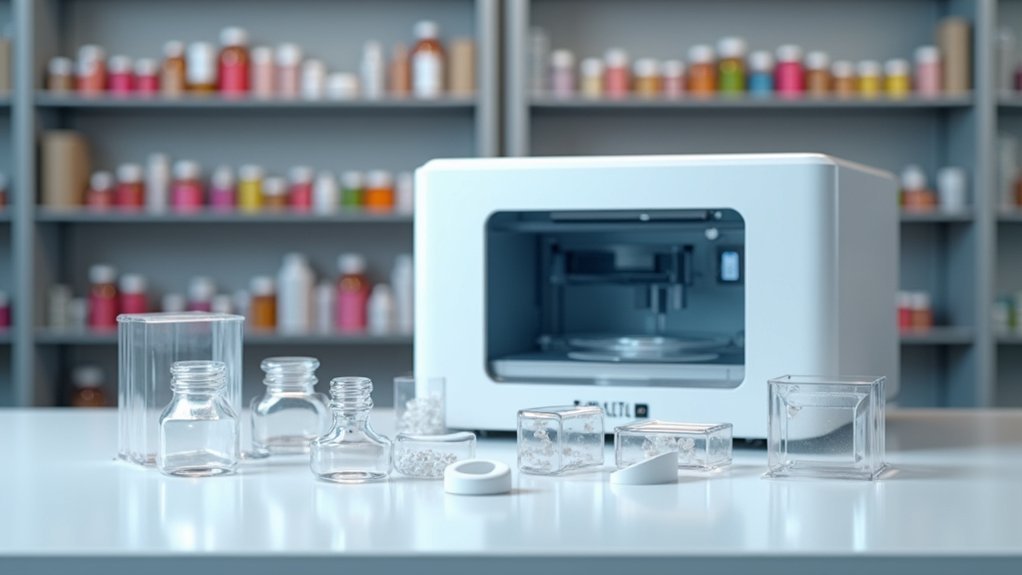
Why Use 3D Printing for Pharmaceutical Packaging?
Unlike traditional packaging methods, 3D printing revolutionizes pharmaceutical containers with personalized designs, smart features, and sustainable production that transforms patient care.
-
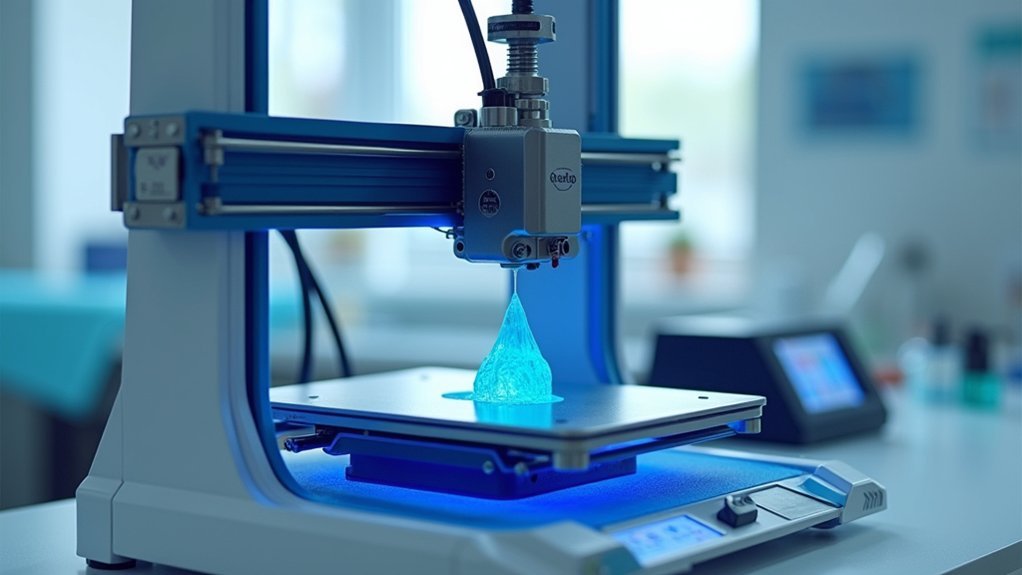
How to 3D Print Medical Diagnostic Equipment
Innovative 3D printing techniques for medical diagnostic equipment require specialized biocompatible materials and strict regulatory compliance protocols that most manufacturers overlook.
-
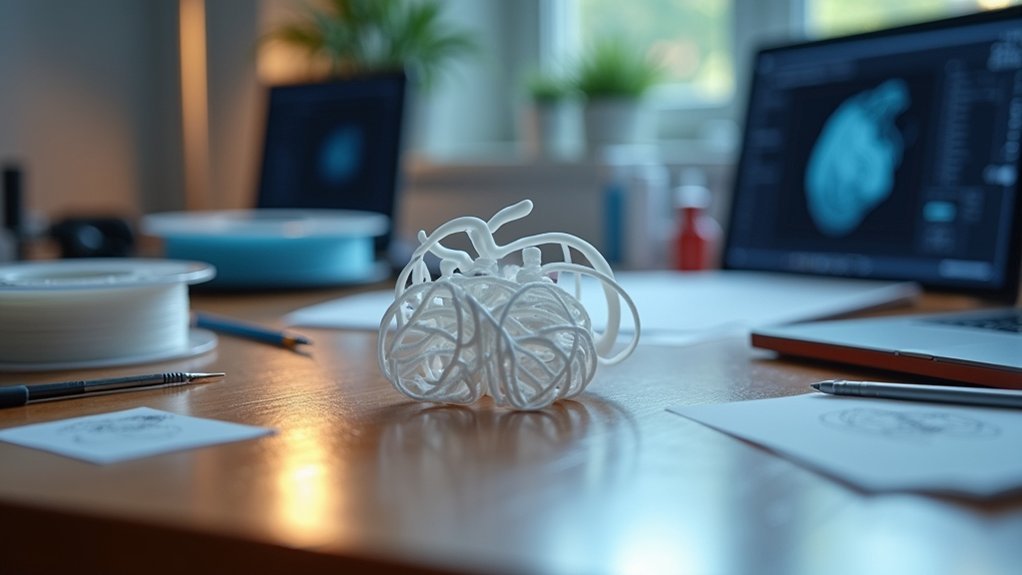
Why 3D Print Cardiovascular Device Prototypes?
Speed up cardiovascular device development from 150 days to 20 minutes with 3D printing—but the real breakthrough lies ahead.
-
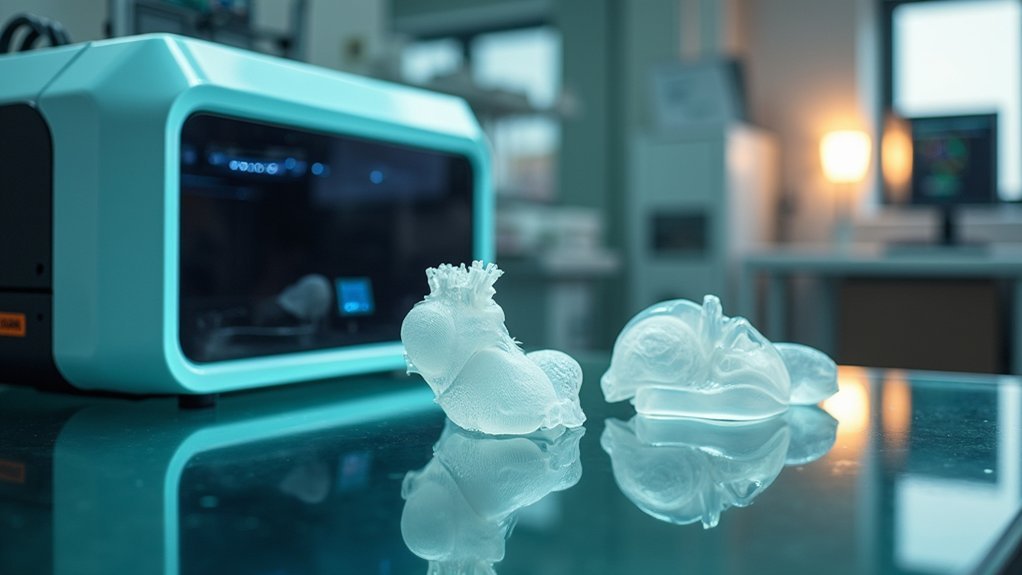
Why Choose Medical Grade Resin 3D Printers?
Outstanding precision and FDA-compliant biocompatibility make medical grade resin 3D printers revolutionary, but their cost-saving potential will surprise you.
-

What Makes Cleanroom 3D Printing Medical Devices Safe?
Learn the five critical safety components that protect patients when 3D printing medical devices in sterile environments.
-

5 Best 3D Modeling Tools for Medical Device Design
High-precision medical device design demands specialized 3D modeling tools that deliver accuracy, compliance, and seamless integration with manufacturing workflows.
-
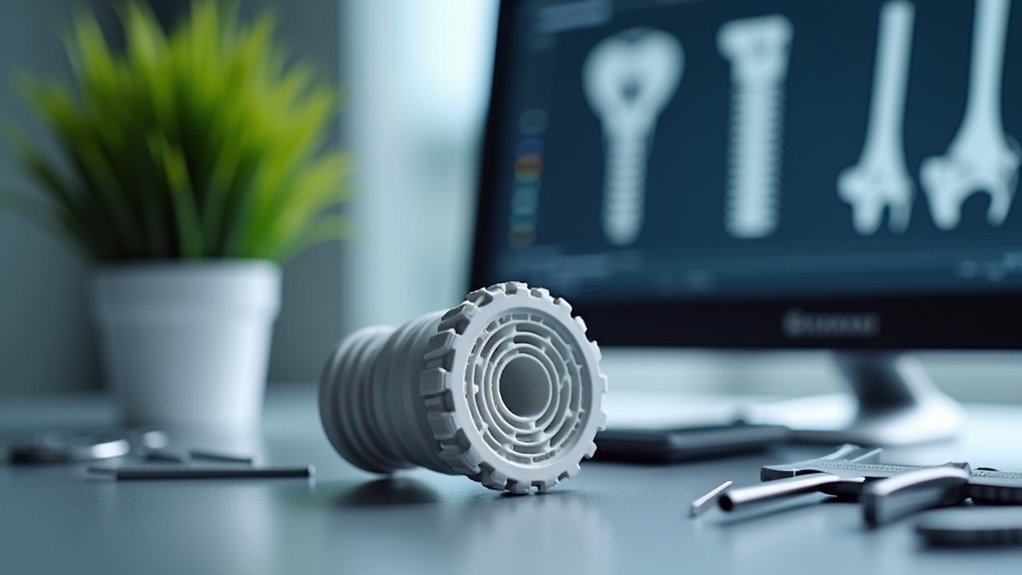
10 Tips for 3D Printing Orthopedic Implants
Get cutting-edge insights into 3D printing orthopedic implants that could revolutionize patient care, but there’s one critical factor most overlook.
-
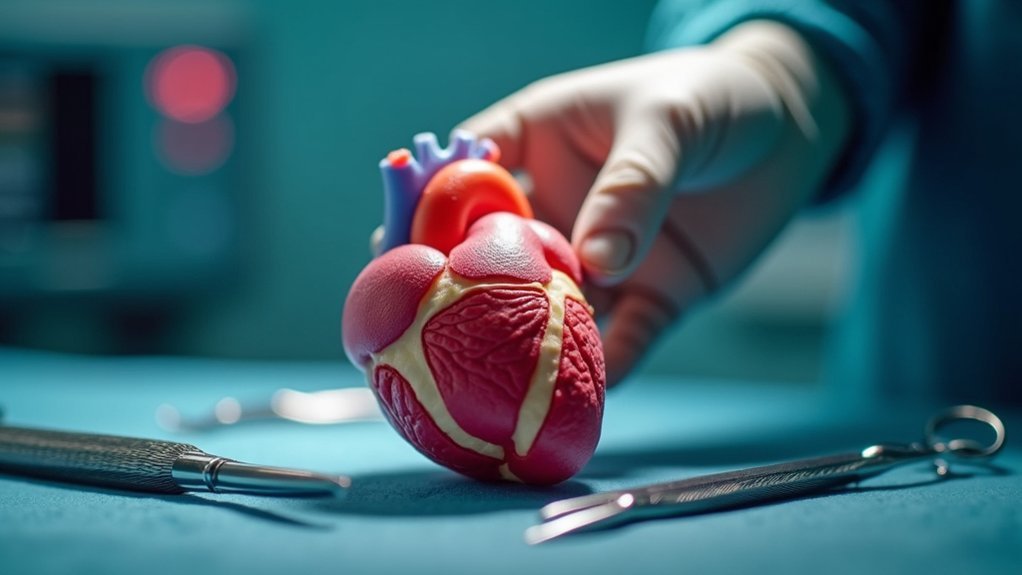
Why Use 3D Printed Models for Surgery?
Key advantages of 3D printed surgical models include 59-minute time savings and 50% plan modifications, but the most surprising benefit is…
-
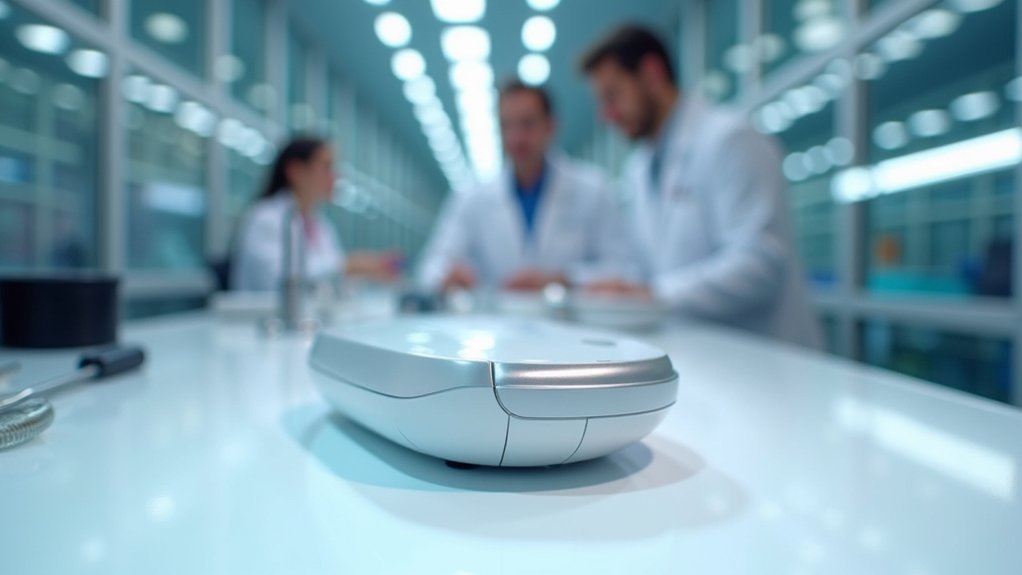
Medical Device Prototype Validation Testing Methods
Just discovered the critical validation tests that could make or break your medical device’s regulatory approval and market success.
-

3 Ways 3D Printing Revolutionizes Patient-Specific Implants
Find out how 3D printing’s three groundbreaking advances in patient-specific implants are transforming surgical outcomes in ways you never imagined.
